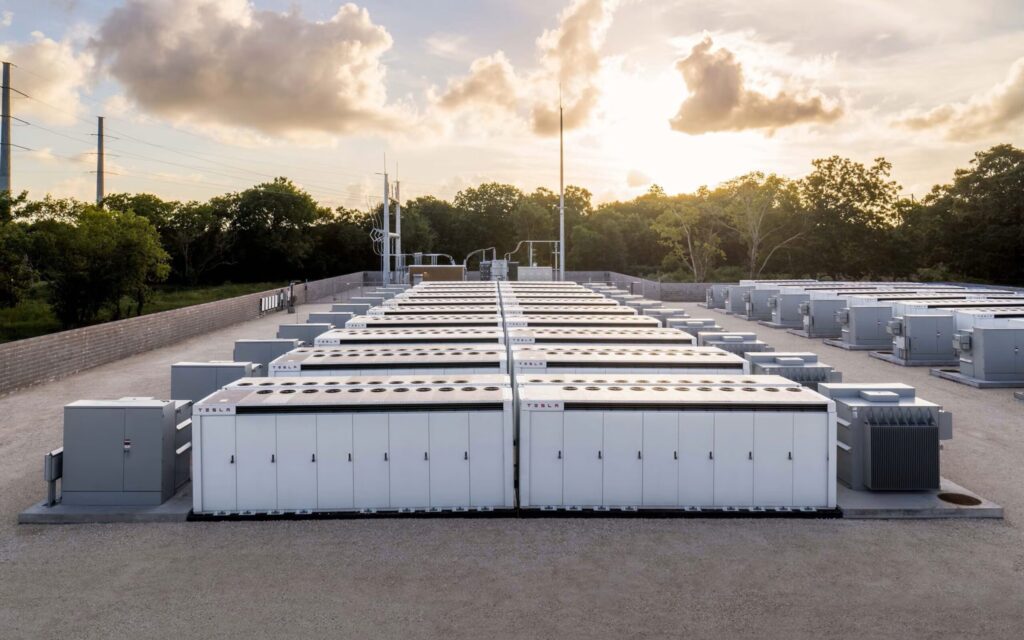Japan has announced plans to significantly increase its renewable energy capacity, aiming for renewables to constitute 40-50% of its electricity supply by fiscal year 2040.
Key Highlights:
- Current Energy Mix: As of 2023, thermal power sources, including coal, oil, and natural gas, accounted for 68.6% of Japan’s electricity generation.
- Future Projections: By 2040, Japan plans to reduce its reliance on thermal power to 30-40%, while increasing the share of nuclear energy to approximately 20%.
- Greenhouse Gas Emissions: The country aims to cut greenhouse gas emissions by 60% from 2013 levels by 2035 and by 73% by 2040, aligning with its goal of achieving net-zero emissions by 2050.
Strategic Initiatives:
- Long-Term LNG Contracts: To ensure energy security during the transition, Japan emphasizes the importance of securing long-term liquefied natural gas (LNG) contracts.
- Nuclear Energy Expansion: Despite public concerns following the 2011 Fukushima disaster, Japan plans to invest in innovative nuclear reactors to bolster its energy mix.
Implications:
- Energy Security: By diversifying its energy sources and reducing dependence on imported fossil fuels, Japan seeks to enhance its energy security and resilience against global market fluctuations.
- Economic Competitiveness: Investments in renewable energy and advanced nuclear technologies are expected to stimulate economic growth, create jobs, and position Japan as a leader in sustainable energy.
- Environmental Impact: Achieving these targets will contribute significantly to global efforts in combating climate change, setting a precedent for other nations to follow.
Conclusion:
Japan’s ambitious energy strategy reflects a commitment to balancing energy security, economic growth, and environmental sustainability. The successful implementation of these plans will require coordinated efforts across government agencies, industry stakeholders, and the public to navigate the challenges and opportunities of this energy transition.
Note: This summary is based on information available as of December 17, 2024. For the most current details, please refer to official communications from Japan’s Ministry of Economy, Trade, and Industry (METI).





